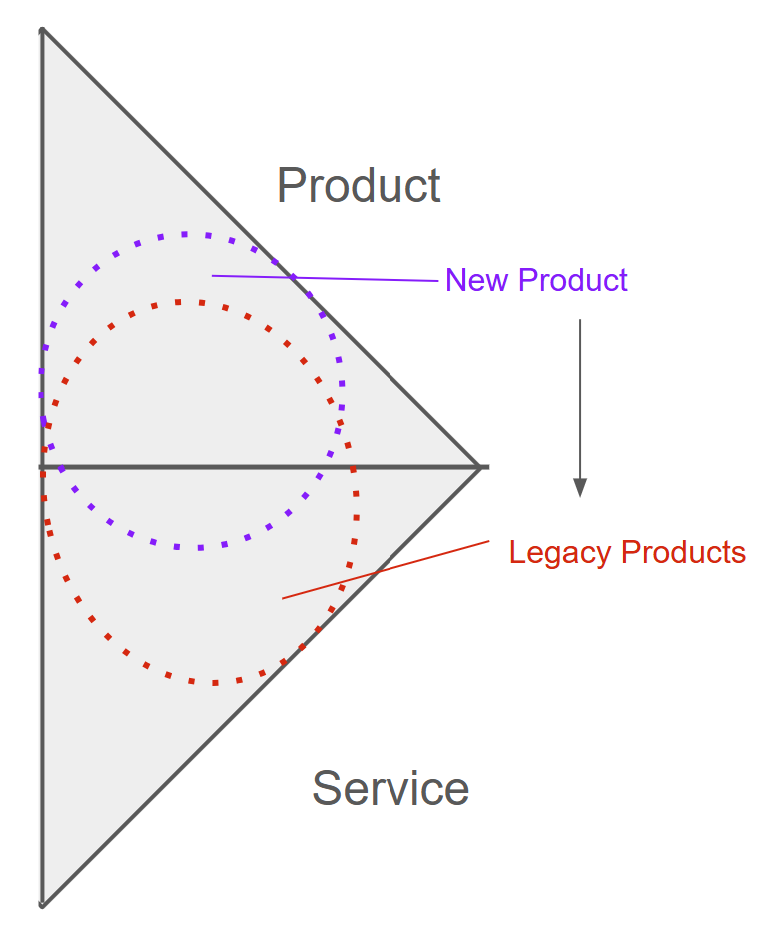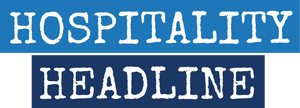In the hyper competitive software world, companies often face a critical challenge: the allocation of resources between product development and services. While the initial stages of product development are marked by a focus on innovation and user experience, the trajectory of a product’s lifecycle often leads to a significant shift in how resources are allocated. This shift can impact a company’s ability to remain agile, innovative, and competitive. Old products need more help. Here's why...
The Birth of Innovation: New Products as Market Disruptors
New software products have a natural advantage when they enter the market. Built on the latest available technologies, these products boast modern architectures, sleek UI/UX designs, and the ability to leverage cutting-edge database technologies and integration methods. The teams behind these products are typically small, tightly coordinated, and driven by a fierce culture of innovation. The primary focus is on creating a product that stands out in the marketplace by offering unique features and superior user experiences.
Moreover, new products benefit from the ability to benchmark against existing competitors. They can exploit the weaknesses of established products by introducing innovative functionalities that address unmet market needs. As a result, new products often capture the attention of users who are looking for the latest and greatest solutions, giving them a competitive edge.
The innovation is in the code primarily and rely on people interactions (services) less for value delivery.
The Inevitable Shift: From Product Development to Services
However, as a product gains traction, the user base grows and evolves. The very factors that once drove its success can lead to new challenges. As the product matures, its underlying architecture, database structures, and UI/UX design may begin to lag behind newer market entrants. The simplicity and agility of the initial development team give way to the complexity that comes with success.
This success brings with it a diverse customer base, each segment with its own unique needs and demands. A product that was once a one-size-fits-all solution now requires customization to meet the varied requirements of different clients. As the product’s codebase grows, so does the complexity of maintaining it. The risk of product errors and failures increases, and the efficiency of code development begins to drop. Break/fix becomes more important than new features.
At this stage, companies often experience a dramatic shift in resource allocation. The initial focus on product development gives way to an increased need for services. Onboarding, support, issue resolution and account management teams balloon as they strive to address the growing number of product issues and challenges. The once-small, agile development team is now supplemented by a large services organization tasked with managing the complexities of a legacy product and must have all the support systems from third parties to coordinate and support their efforts.
The Legacy Product: Proven but Plagued by Challenges
Congratulations, your product is now a legacy product. While legacy products are proven at scale and have established a strong market presence, they are not built for agility and rapid adoption of new technologies. Development becomes slow, changes are challenging, and issues arise more frequently. To bridge these gaps, companies rely heavily on their services teams to provide the necessary support and intervention.

This shift in focus from product development to services can have significant implications for a company’s bottom line. Dollar allocations move away from product innovation and toward people investments—hiring more support staff, expanding account management teams, and implementing third-party systems to manage these growing teams. The once-lean product development cycle is now burdened with the weight of maintaining a legacy system, leaving little room for innovation.
Additionally, there is the valuation of the software company conundrum. Services if run properly can generate profitable revenues but SaaS fees are much more highly valued than services. Often SaaS companies don't like to have more than 20% of revenues come from services. The equation becomes SaaS = good and Services = "meh".
Breaking the Cycle: When to Shift Back to Product Development
So, when is this cycle overcome? Typically, it requires a new product cycle or the acquisition of younger, more modern technologies. These new products or acquisitions can "time dilate" the deferred R&D efforts that were sidelined as the legacy product grew in complexity. By integrating new technologies or launching a fresh product, companies can regain the agility and innovation that were lost as their original product evolved.
However, this shift is not without its challenges. Companies must carefully balance the need to support their existing customer base with the need to invest in new product development. Failure to do so can result in a continued reliance on services, leading to a further decline in innovation and a potential loss of market share.
New acquisitions also need to break through the culture shock of small and nimble to bigger and slower. Often the smaller acquired business gets crushed in the process.
Balancing Innovation and Support
The allocation of resources between product development and services is a delicate balance that software companies must manage as they grow. While the initial stages of product development are driven by innovation and a focus on user experience, success can lead to a shift in focus toward services as the product matures. To maintain their competitive edge, companies must recognize when it is time to reinvest in product development and embrace new technologies. Only by doing so can they continue to innovate and meet the evolving needs of their customers. The snake must eat its own tail.

